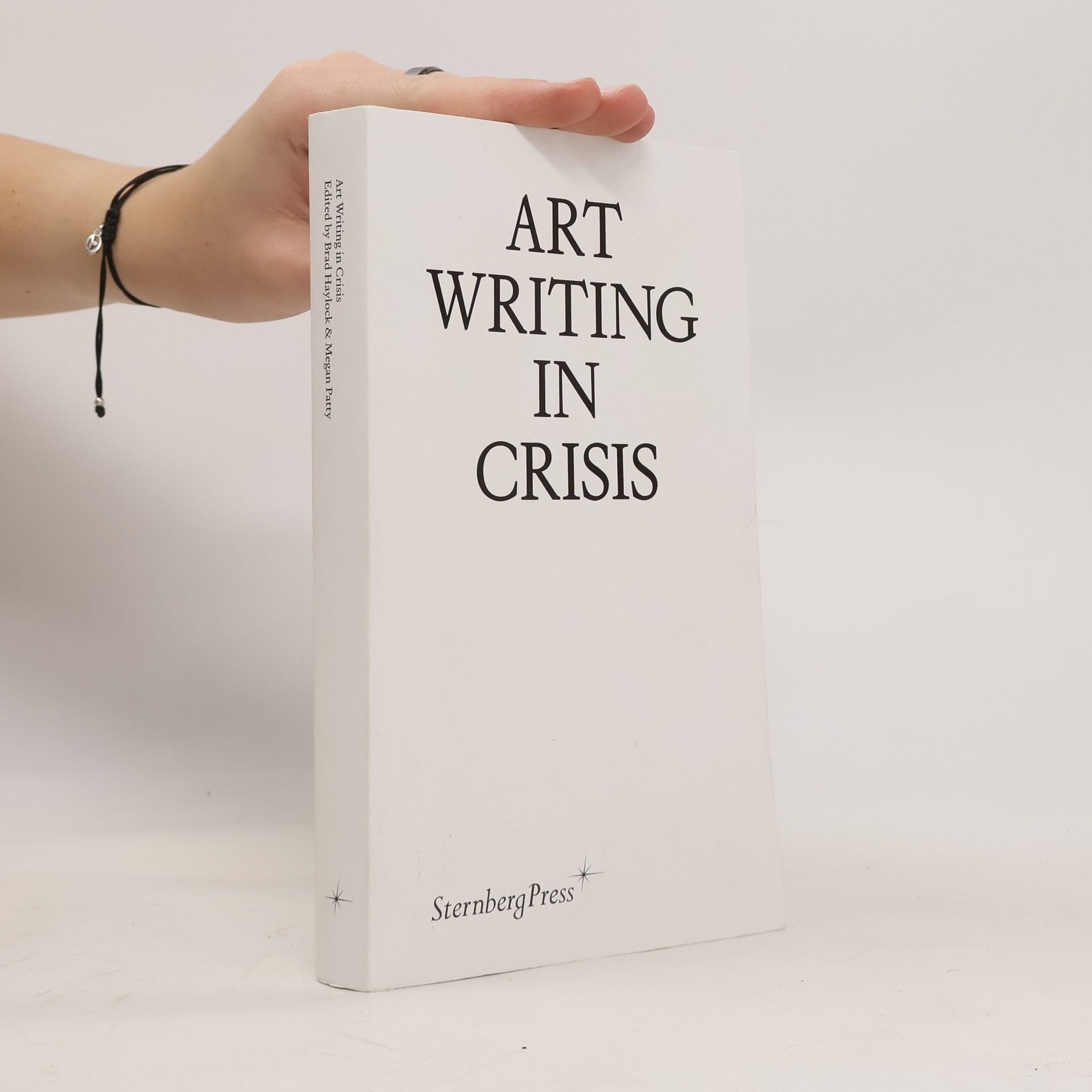What happens between the knots? is the third book in the annual A Series of Open Questions published by CCA Wattis Institute for Contemporary Arts and Sternberg Press. Each book in the series includes newly commissioned writing as well a selection of perspectives, images, and references related to the Wattis’s year-long research seasons dedicated to single artists. Each book takes the work of a single artist as its point of departure and spirals outward from there to create an expansive and carefully edited ecosystem of ideas and voices.This third volume is informed by themes found in the work of Cecilia Vicuña, including ecofeminism, indigenous forms of knowledge, poetry and politics, dissolution and extinction, exile, dematerialization, regeneration, and environmental responsibility.With contributions by GLORIA ANZALDUA, ELVIRA ESPEJO AJCA, ERIKA BALSOM, MARÍA BERRIOS, MARISOL DE LA CADENA, LYNNE COOKE, MIHO DOHI, RICKI DWYER, SILVIA FEDERICI, TONYA FOSTER, PHILLIP GREENLIEF, SHEROANAWE HAKIHIIWE, BRIAN KARL, DIONNE LEE, ZOE LEONARD, ROSEMARY MAYER, KOYOLTZINTLI MIRANDA-RIVADENEIRA, DENISE NEWMAN, THAO NGUYEN PHAN, FRANCES RICHARD, DYLAN ROBINSON, ABEL RODRIGUEZ, OSCAR SANTILLAN, ALESSANDRA TRONCONE, ANNA LOWENHAUPT TSING, IGNACIO VALERO, CATHRINE VEIKOS, CECILIA VICUÑA, DIEGO VILLALOBOS, JACOPO CRIVELLI VISCONTI, CARLA ZACCAGNINI
Sternberg Press Livres




Texts by established and emerging writers who address the social and political dimensions of art and art writing in the contemporary context. Fires burn around the world. Systemic discrimination persists, precarity is increasing, and the modern democratic project faces challenges from all sides. Art writing helps us to understand art, which in turn helps us to understand such crises. But art writing itself is in crisis. Newspapers and magazines offer fewer channels than ever for independent art criticism, persistent institutional biases exclude the positions of many, and a proliferation of platforms presents opportunities and challenges in equal measure. This volume presents writing by established and emerging writers who address the social and political dimensions of art and art writing in the contemporary context and the ways in which new art writing and publishing practices promote critical engagement among readerships as never before.
Amazonia
- 352pages
- 13 heures de lecture
Oceans Rising
- 272pages
- 10 heures de lecture
Forty-one thoughtful and generous contributions by artists, scholars, scientists, and ocean activists in response to the rapidly changing oceans. The ocean is rising and with it sea level, water temperature, acidity, algal blooms, and storm surges. Also on the rise are the metrics of accelerated human activity. How are we to fathom the political, aesthetic, and epistemological rise of the oceans from centuries-long invisibilization and forgetting? What ideas and memories do the oceans hold in their depth and reanimate, when the earth’s ecosystems suffer? Asking different questions and using multiple registers of sensing expand the possibilities to engage with the oceanic at this precarious moment and rethink its relations to the terrestrial. Oceans Rising is a companion reader to “Territorial Agency: Oceans in Transformation,” an independent oceanic research initiative commissioned by TBA21–Academy and operating out of Ocean Space in Venice. It offers forty-one thoughtful contributions by artists, scholars, scientists, and ocean activists in response to the rapidly changing oceans. Writing from places of conflict and concern, the contributions reveal the magnitude and urgency of ecological devastation, but more important, they provide alternative narratives that strengthen our knowledge communities and contribute to worldmaking practices from an oceanic perspective.